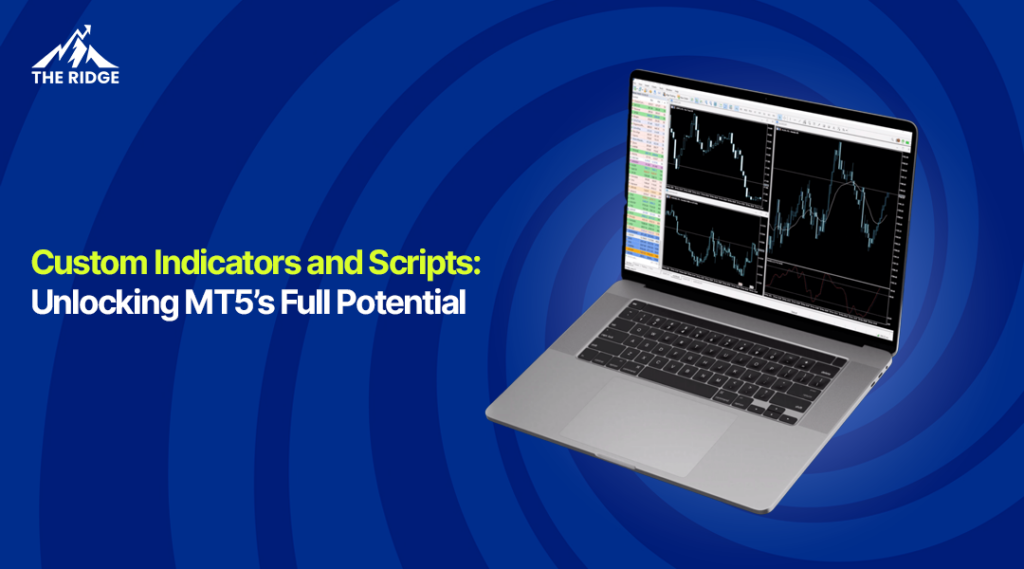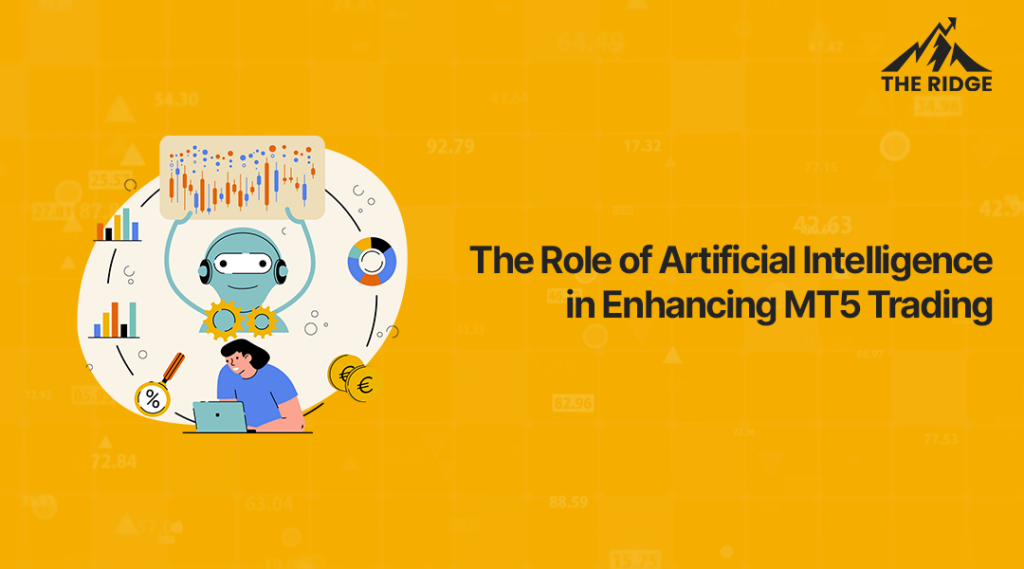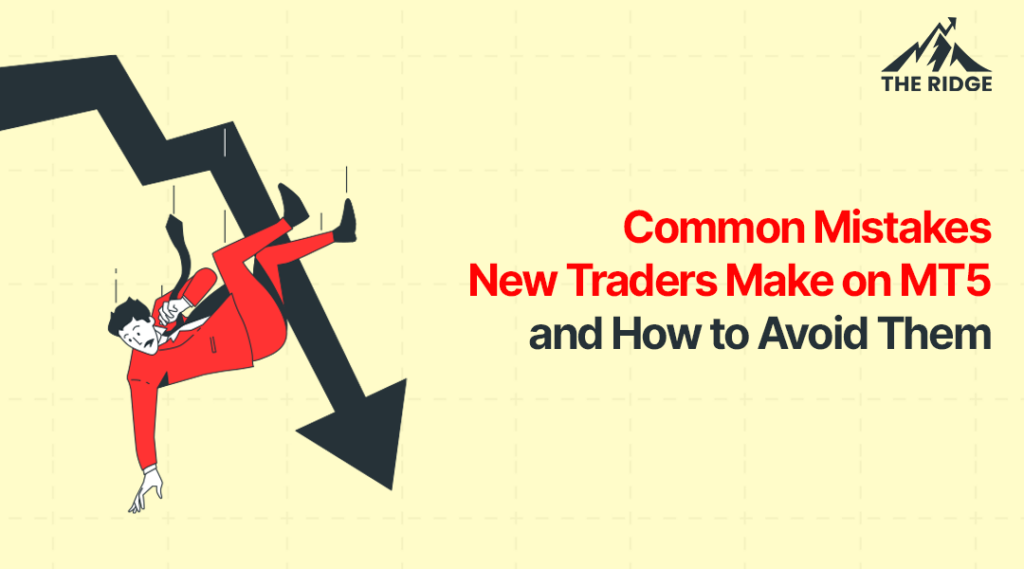Custom Indicators and Scripts: Unlocking MT5’s Full Potential
In the world of trading, having the right tools can make all the difference. One of the best MetaTrader 5 trading platforms, MT5, offers powerful features that help traders analyze market data and automate routine tasks. In this article, we will explore custom indicators and scripts, explain what they are, how they work, and how they can improve your trading performance. We will also discuss some popular indicators that traders often use. The goal is to provide simple, clear insights that can help you get the most out of metatrader5. What Are Custom Indicators? Custom indicators are special tools that you can create or download to analyze market data. Unlike the standard indicators that come with metatrading5, such as Moving Averages, MACD, or Bollinger Bands, custom indicators can be tailored to fit your specific trading strategy. They help you see trends, patterns, and signals in the market that are unique to your style of trading. For example, if you have a unique method to spot market reversals, you can design a custom indicator to highlight these moments. This makes it easier to make quick decisions, especially when the market is moving fast. Understanding Scripts on MT5 Scripts are small programs that perform specific tasks on MT5. They are different from custom indicators in that they are not meant for continuous analysis. Instead, scripts are designed to execute a single action or a series of actions when you run them manually. For instance, a script can automatically place an order, modify an existing order, or analyze historical data in a few clicks. This automation saves time and reduces the risk of human error. By using scripts, you can focus more on your trading decisions and less on repetitive tasks. Popular Custom Indicators for MT5 Many traders use custom indicators on MT5 to get a better view of the market. Here are a few examples explained in simple terms: Moving Averages (MA) Moving Averages smooth out price data to show the overall trend. There are different types of moving averages: Simple Moving Average (SMA): Calculates the average price over a set period. Exponential Moving Average (EMA): Gives more weight to recent prices. Weighted Moving Average (WMA): Similar to EMA, but with a different calculation method. These indicators help traders see if the market is trending upward or downward. Bollinger Bands Bollinger Bands consist of an upper and lower band around the price. They help indicate when an asset might be overbought (price too high) or oversold (price too low). This indicator is useful for spotting potential buying or selling opportunities. MACD (Moving Average Convergence Divergence) MACD shows the relationship between two moving averages of a security’s price. It is often used to identify changes in market momentum and can signal potential trend reversals. Relative Strength Index (RSI) RSI measures the speed and change of price movements. It helps indicate whether an asset is overbought or oversold. Traders typically use RSI readings above 70 to signal overbought conditions and readings below 30 for oversold conditions. Fibonacci Retracement This tool uses horizontal lines to indicate areas where the price might experience support or resistance. These lines are drawn at key Fibonacci levels (such as 23.6%, 38.2%, 50%, and 61.8%) based on a significant price move. It helps traders predict potential reversal points in the market. Ichimoku Cloud The Ichimoku Cloud is a more complex indicator that shows support and resistance, momentum, and trend direction all in one view. It uses several lines and a shaded area (the cloud) to provide a comprehensive picture of the market. This tool can be especially helpful in fast-moving markets. Heikin-Ashi Smoothed This indicator smooths out price data to make trends clearer. It reduces the noise in price movements, making it easier for traders to identify key support and resistance levels. Benefits of Using Custom Indicators and Scripts Using custom indicators and scripts on MT5 offers several key benefits: Enhanced Analysis: Custom indicators allow you to focus on the market signals that matter most to your strategy. They filter out unnecessary noise and provide clear insights. Time Savings: Scripts automate repetitive tasks, so you don’t have to spend time on routine work. This lets you concentrate on making informed trading decisions. Personalized Trading: With these tools, you can customize your trading environment to fit your unique approach. This personal touch gives you a competitive advantage. Improved Accuracy: Automating tasks with scripts minimizes the risk of manual errors. Accurate analysis and precise execution are crucial in fast-moving markets. Competitive Edge: By using specialized tools, you can react faster to market changes and seize profitable opportunities. Final Thoughts Custom indicators and scripts significantly enhance your trading experience on MT5—one of the best metatrader 5 trading platform available. They allow you to closely analyze market movements and automate tasks, making your trading process more efficient and precise. Whether you are visualizing market trends with custom indicators or streamlining your operations with scripts, these tools help you stay ahead in the competitive world of trading. By taking advantage of these features, you can improve your analysis, save time, and make smarter decisions. Embrace the power of customization on metatrader5 and take your trading to the next level. Contact Us Your name Your email Subject Your message (optional) Δ



